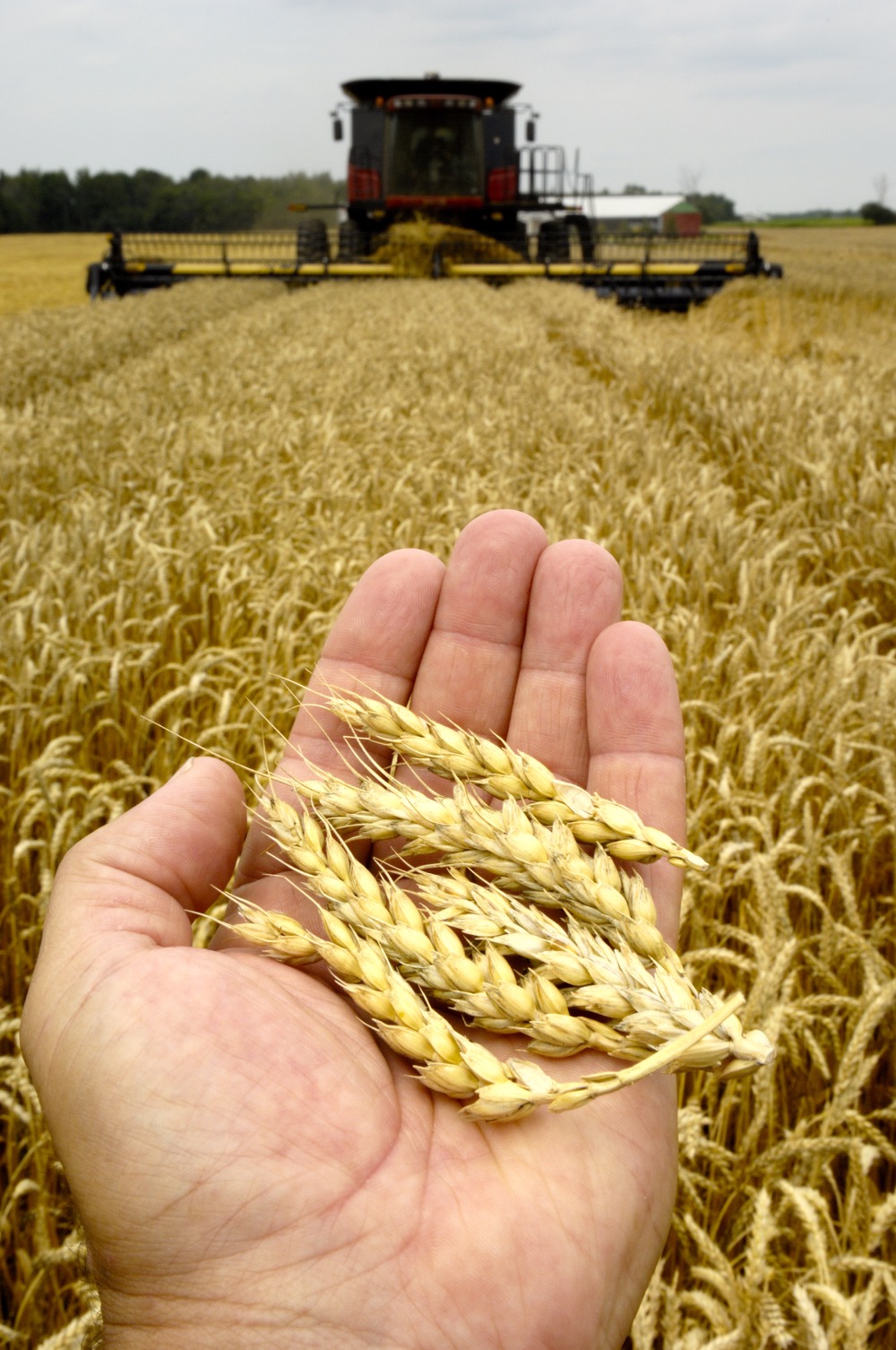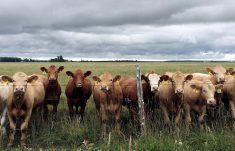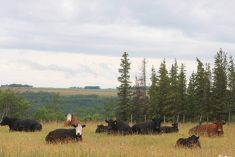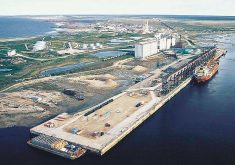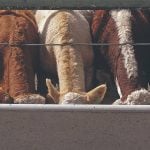If you think the future of government support for agriculture lies in doing more of the same but only better, you’ll get little comfort from Manitoba’s Agriculture Risk Management Review Task Force report released last week.
The 25 recommendations and the supporting appendix report should also make you a little uncomfortable if you think the way we farm in this province is just fine the way it is.
Read Also

Roundup retraction makes public trust ripples
A foundational study on glyphosate safety was recently retracted, while Roundup maker Bayer has already said it may ditch the key agricultural herbicide after lawsuits piled up.
That’s not to say there aren’t some encouraging recommendations, starting with an acknowledgment that governments have a role in helping farmers insure against increased weather risks from climate change. There is also recognition of the need for publicly supported research and extension.
But there is no solace to be found in the findings of two independent studies on how climate change may affect the actuarial soundness of current government programs. Those reviews of the AgriInsurance program were conducted by Agriculture and Agri-Food Canada (AAFC) and the Organization for Economic Cooperation and Development (OECD).
They found “… that the average annual deficit for the program (extent to which payouts exceeded premiums paid by both producers and government) remained similar when the results for the historic period were compared to the future climate change scenarios,” says the appendix report prepared by Darren Swanson of the International Institute for Sustainable Development (IISD). “In fact, the deficit declined slightly with climate change, in part owing to lower average yields and therefore slightly lower exposure.”
That’s right, lower average yields.
We all know the danger of using averages as a guide. Some farmers in 2011 suffered “weather whiplash” — too much moisture in the spring and drought later in the year. Overall precipitation may have averaged out, but the effects on farmers’ bottom lines were pretty extreme.
Not surprisingly, this report places the front-line responsibility for adapting to climate change squarely onto farmers and points out that government’s role through insurance is to share risk, not compensate, and that programs should inspire innovation by encouraging best management practices.
We see references to “empowering” farmers to take ownership of their own business risk management. And there is this statement in the appendix report in reference to the 2011 study by the OECD: “Reducing the role of the government in risk management is a first step in allowing proactive approaches to risk management to emerge.”
It points to the New Zealand crop insurance experience: “production intensity, development of new/marginal lands, fertilizer use and cropping of high-risk land all decreased when subsidies were eliminated.” That was considered a good thing.
The supporting documents suggest the biggest risk to governments is to offer programs that mask incentives for farmers to change how they operate in order to reduce their own exposure.
“There is a need to develop and expand alternate cropping options that could counteract adverse climatic conditions. It was noted that uptake has been painfully slow, but there are existing options and existing models for alternate production practices that can mitigate the impact of severe climatic shifts,” the task force reports. “Examples include intercropping, crop rotations that include nitrogen fixation plant species, perennial cereal varieties, and organic production.”
As well, these options are poorly supported within current business risk management programs. “As these options become further advanced and available, business risk management (BRM) programming needs to evolve and support these options; certainly the BRM options must not discourage these new and different production modalities.”
The 2011 OECD study concluded: “The major policy challenge in Canada is to maintain farmers’ incentives to proactively develop risk management strategies and improve the targeting policies to income risk… In most cases, this means that the government should do less rather than more, and do it more simply.”
Hence, the task force recommendation that the province explore the introduction of whole-farm revenue insurance as a replacement for AgriStability. It is seen as a means of reducing program exposure and keeping the premiums farmers pay within reason.
Insurance under a whole-farm approach would be based on the farm’s total revenue, not on a crop-by-crop basis. That is expected to foster diversification, a form of self-insurance.
Considered in their entirety, the recommendations imply that the production culture that has been fostered within agriculture — and heartily embraced by farmers — faces a fundamental shift. It also suggests that the best way for government to help farmers adapt to climate change — is to help a little less.


